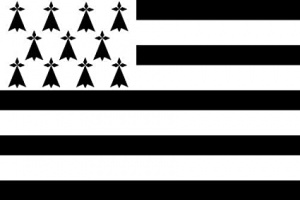Language/Breton/Grammar/Plurals
Hi Breton learners!😊
Learning Breton Grammar can be a daunting task, but with the right approach and dedication, you can master it in no time! In this lesson, we will focus on plurals in Breton.
Plural Formation
In Breton, there are two types of plurals: regular and irregular.
Regular Plurals
Regular plurals are formed by adding the suffix -où to the singular form of the noun. For example, the plural of kazh (house) is kazoù.
Irregular Plurals
Irregular plurals are formed by changing the stem of the word. For example, the plural of ti (house) is tiez.
Plural Agreement
In Breton, the plural form of the noun must agree with the number and gender of the verb. For example, the verb kaout (to have) has the following forms:
- Kaout (singular, masculine)
- Kaoutez (singular, feminine)
- Kaoutont (plural, masculine)
- Kaoutint (plural, feminine)
For example, if the subject is ar c'hoarier (the player, masculine singular), the verb must be conjugated as kaout: Ar c'hoarier a zo o kaout (The player is having).
If the subject is ar c'hoarierez (the player, feminine singular), the verb must be conjugated as kaoutez: Ar c'hoarierez a zo o kaoutez (The player is having).
If the subject is ar c'hoarierien (the players, masculine plural), the verb must be conjugated as kaoutont: Ar c'hoarierien a zo o kaoutont (The players are having).
If the subject is ar c'hoarierezed (the players, feminine plural), the verb must be conjugated as kaoutint: Ar c'hoarierezed a zo o kaoutint (The players are having).
Conclusion
In this lesson, we have learned about plurals in Breton. We have seen how to form regular and irregular plurals, and how to conjugate verbs according to the number and gender of the subject.
Remember, practice makes perfect! To improve your Breton Grammar, you can also use the Polyglot Club website. Find native speakers and ask them any questions!
If you have any questions, please ask them in the comments section below.
Feel free to edit this wiki page if you think it can be improved. 😎

